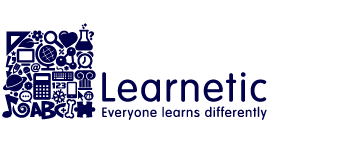1. Addition and Subtraction within 10 000
1.1. Numbers up to 10 000
1.2. Partitioning Numbers up to 10 000
1.3. Approximation
1.4. Rounding
1.5. Revise Addition
1.6. Decompose Numbers for Addition
1.7. Revise Subtraction
1.8. Decompose Numbers for Subtraction
1.9. Focus
1.10.What I’ve Learned?
1.11. Draw
2. Ten Thousands, Hundred Thousands and Millions
2.1. Ten Thousands, Hundred Thousands and Millions
2.2. Ten Thousands
2.3. Compare Numbers
2.4. Rounding
2.5. Subtracting Ten, Hundred, Thousand and Ten thousand
2.6. The Standard Algorithm of Addition
2.7. The Standard Algorithm of Subtraction
2.8. Subtraction Across Zeros
2.9. Hundred Thousands
2.10. Millions
2.11. Examining Millions
2.12. Adding and Subtracting Millions
2.13. Focus
2.14. What I’ve Learned?
2.15. Draw
3. Multiplication and Division
3.1. Multiplication and Division
3.2. Revising Multiplication
3.3. Order of Operations and Parentheses
3.4. Relating Multiplication and Division
3.5. Quotative Division
3.6. Division with Remainders
3.7. Order of Operations and Parentheses 2
3.8. mSolve Math Problems with a Calculator
3.9. Focus
3.10. What I’ve Learned?
3.11. Draw
4. Multiplying Large Numbers
4.1. Multiplying Large Numbers
4.2. Multiplying by 10, 100 and 1 000
4.3. Multiplying Numbers Ending with Zero
4.4. Multiplying Tens and Hundreds
4.5. Multiplying a Two-Digit Number
4.6. Multiplying Three Factors
4.7. Multiplying Large Numbers
4.8. Long Multiplication
4.9. Multiplication with Regrouping
4.10. Focus
4.11. What I’ve Learned
4.12. Draw
5. Geometry
5.1. Geometry
5.2. Three-dimensional Shapes
5.3. From Three Dimensions to Two Dimensions
5.4. Point, Line and Line Segment
5.5. Angles
5.6. Polygons
5.7. Tangram
5.8. Perimeter
5.9. Area
5.10. Coordinate Plane
5.11. Focus
5.12. What I’ve Learned
5.13. Draw














